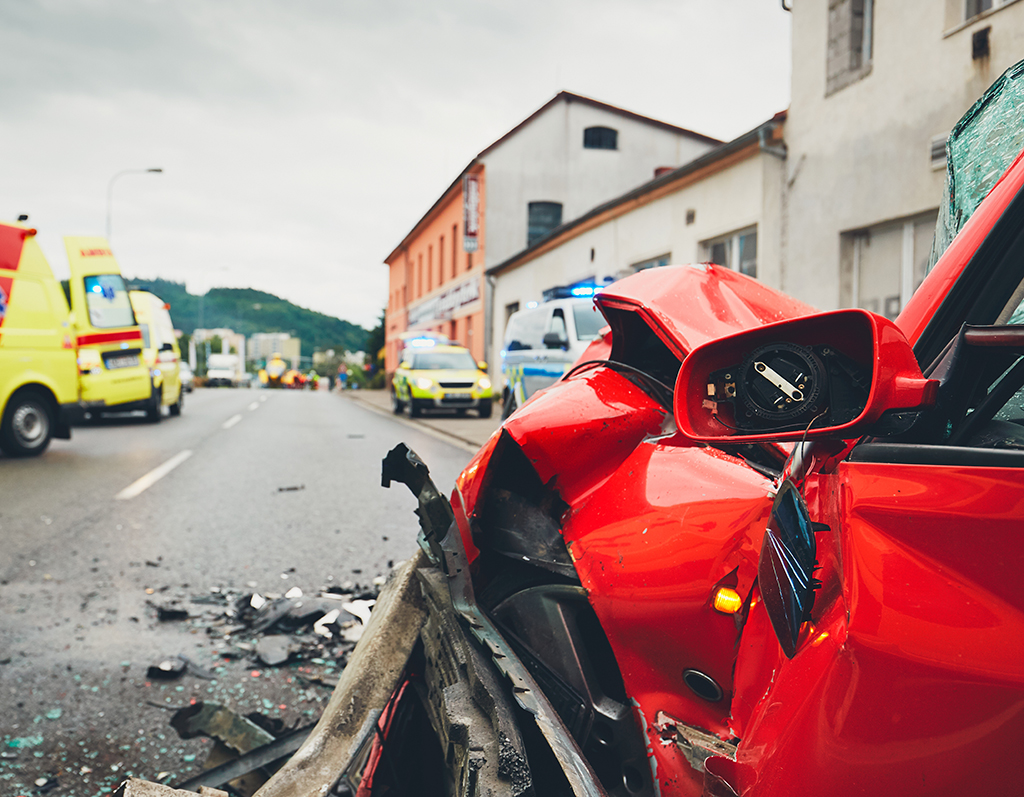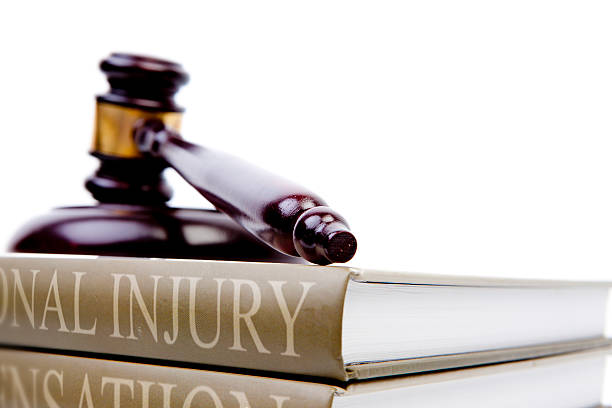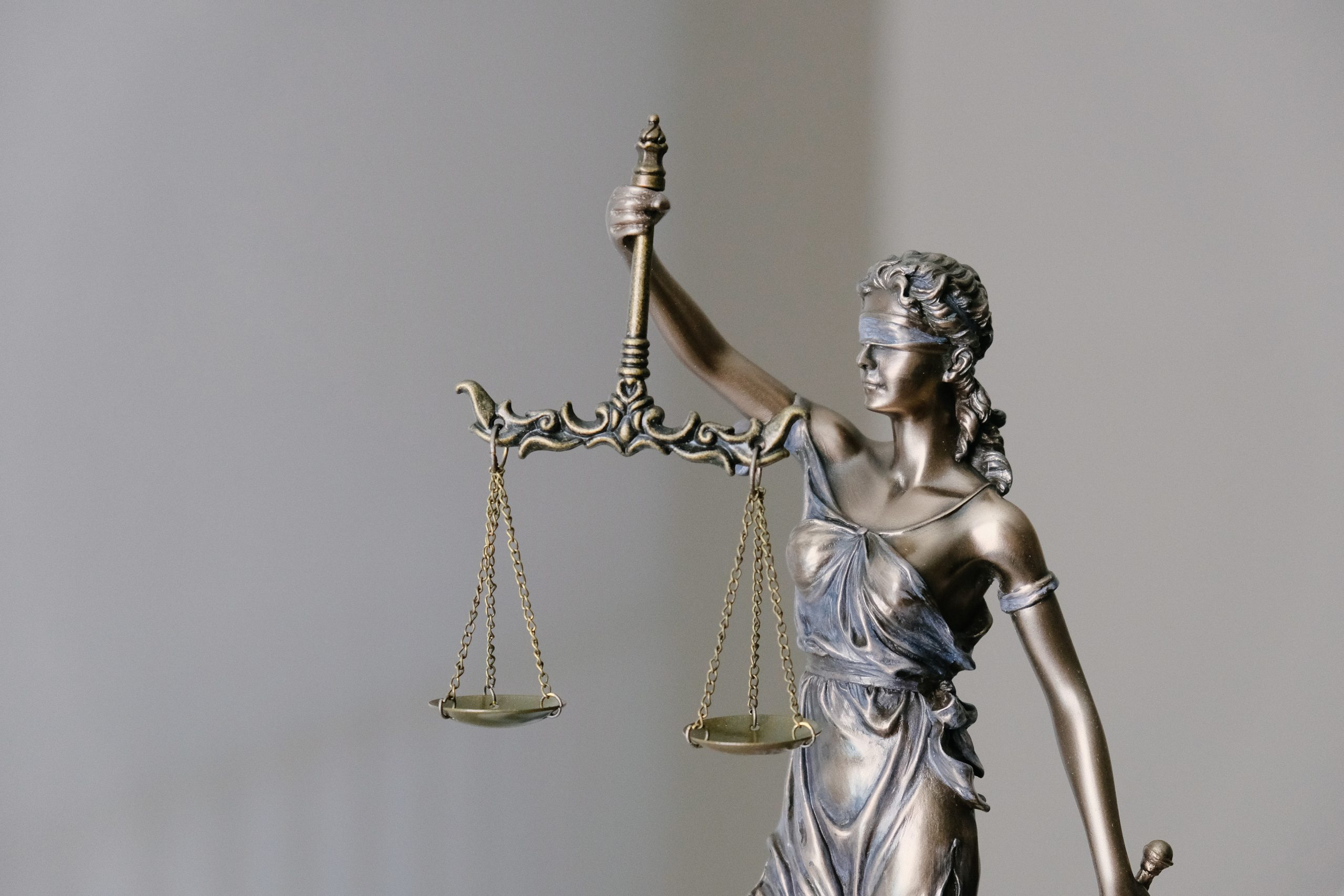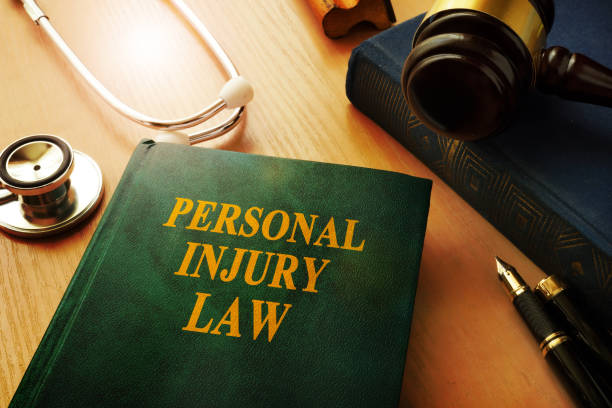The problem of distracted driving has reached crisis proportions, putting lives at risk and leading to innumerable collisions. The temptations to take one’s focus off the road increase alongside the proliferation of digital technologies. This article will discuss how personal injury claims involving distracted driving are handled in the legal system, as well as the rising prevalence of distracted driving and its role in accidents.
Definition of Distracted Driving:
There is a broad range of activities that can be considered distracted driving. Distractions while driving can come in many forms, such as sending texts or making phone calls, eating, applying makeup, or adjusting the stereo.
The causal relationship between distracted driving and accidents cannot be refuted. Take the example of a young driver who rear-ended the car in front of them while they looked down at their phone for only a few seconds to react to a text. Accidents, injuries, and deaths are all too common as a result of drivers’ failure to pay attention to the road.
Consequences and Liability in the Courts:
Distracted driving is illegal in many areas, and violators can face fines and other punishments. Proving culpability might be critical in personal injury lawsuits involving distracted driving. Proving that a driver was distracted and that this distraction played a causal role in an accident is crucial evidence.
Personal injury claims involving distracted driving require in-depth research to get a positive outcome. Evidence can be found in a variety of sources, including phone logs, witness statements, and surveillance tapes. With these pieces in place, the injured party’s case against the inattentive driver can be strengthened.
Distracted driving cases sometimes involve multiple parties, making comparative negligence an important legal notion. Compensation may be reduced if it is judged that the wounded party or other drivers involved contributed to the accident through negligence. It is crucial for both plaintiffs and defendants to have a firm grasp of the application of this theory.
Cases involving inattentive driving present unique challenges during settlement talks for a number of reasons. The potential settlement amount is influenced by factors such as the severity of injuries, medical costs, and the quality of evidence. Victims may need legal representation to obtain just recompense.
When a case involving distracted driving goes to trial, the litigation procedure becomes more involved.
Distracted driving evidence is presented by both sides, and the arguments are discussed. Whether or not this evidence is able to successfully demonstrate the defendant’s liability can determine the outcome.
It is impossible to stress the significance of preventing distracted driving. Safe driving habits prevent accidents and save lives. Small changes like turning off notifications, switching to hands-free mode, and focusing attention while driving can have a big impact. Campaigns to raise public consciousness and legislative actions are also helping to reduce this risky practice.
In conclusion, drivers, lawmakers, and lawyers must all work together to address the serious problem of distracted driving. We can all do our part to make the roads safer by learning about the risks, legal ramifications, and preventative measures involved with distracted driving. Keep in mind that being a safe driver is not only the right thing to do but also the law.
Consult Darfoor Law Firm
Reach out to us at 1-833-DARFOOR for a free consultation and case evaluation.











